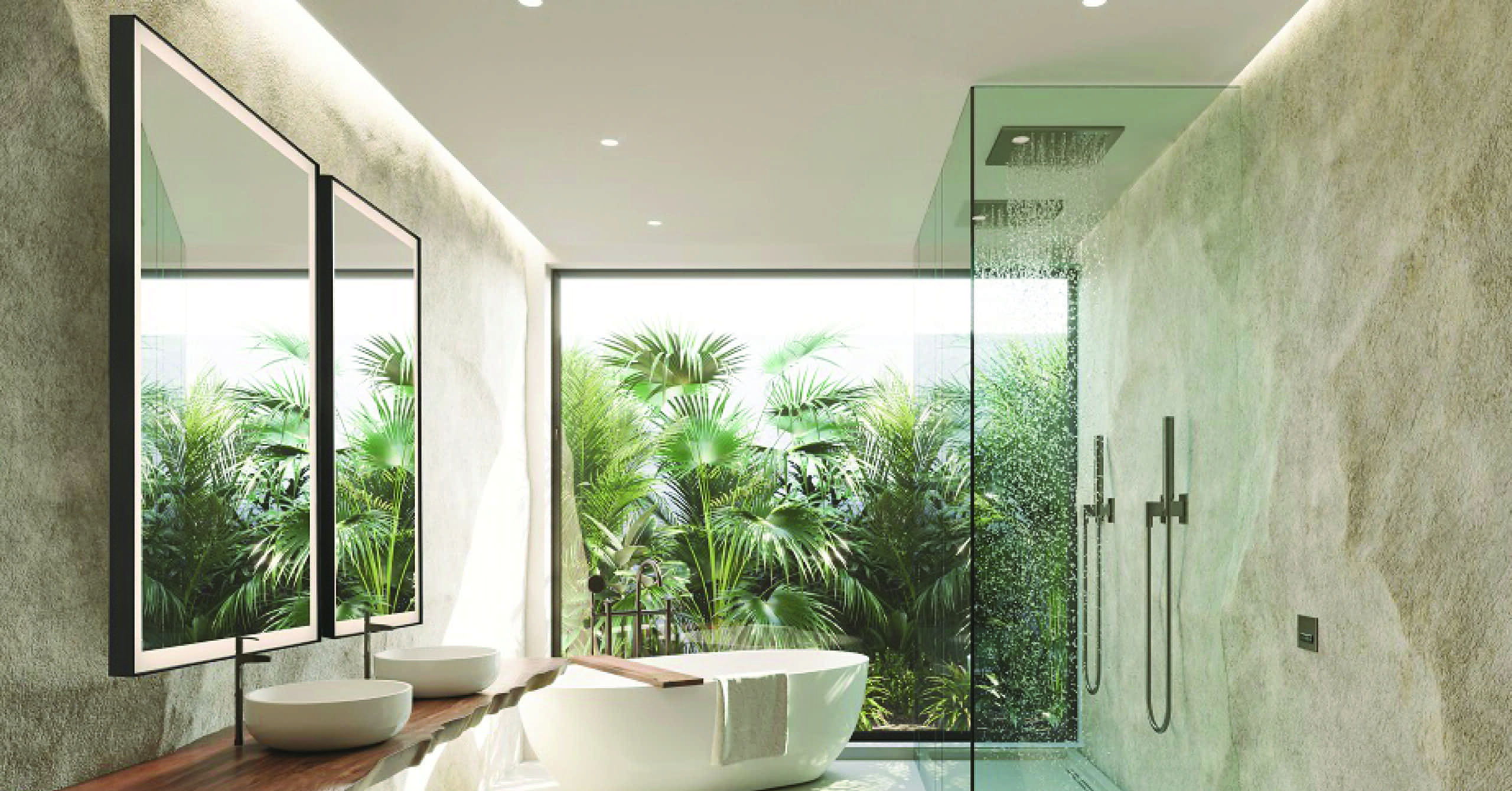Introduction
Lighting plays a pivotal role in creating the perfect ambiance in any space, and bathrooms are no exception. Among the various elements in a bathroom, the bathtub stands out as a place of relaxation and rejuvenation. Proper lighting not only enhances the aesthetic appeal of the bathroom but also adds functionality, ensuring safety and convenience during use. This guide explores different aspects of bathtub lighting, offering tips, ideas, and recommendations for achieving the ideal lighting setup that elevates your bathing experience.
Table of Contents
- Importance of Bathtub Lighting
- Types of Bathtub Lighting
- 2.1 Ambient Lighting
- 2.2 Task Lighting
- 2.3 Accent Lighting
- Choosing the Right Lighting Fixtures
- Lighting Placement and Design Tips
- Safety Considerations
- Frequently Asked Questions (Q&A)
- Conclusion
1. Importance of Bathtub Lighting
Bathtub lighting is crucial for several reasons:
- Safety: Good lighting helps prevent accidents, making it easier to see slippery surfaces and avoid mishaps.
- Ambiance: The right lighting can create a serene atmosphere, turning your bathroom into a spa-like retreat.
- Functionality: Effective lighting ensures that you can easily perform tasks such as bathing, grooming, and cleaning without straining your eyes.
2. Types of Bathtub Lighting
2.1 Ambient Lighting
Ambient lighting serves as the primary source of illumination in a bathroom. It creates an overall glow that fills the space. Common fixtures include ceiling-mounted lights, recessed lighting, and chandeliers. For a bathtub area, consider installing dimmable options to adjust the brightness according to your mood.
2.2 Task Lighting
Task lighting is essential for specific activities. In the context of bathtub lighting, this could include sconces placed near mirrors or bright overhead lights that provide adequate illumination for grooming tasks. Ensure that task lighting is positioned to minimize shadows and provide clear visibility.
2.3 Accent Lighting
Accent lighting adds a decorative touch and highlights specific features in the bathroom. This could involve LED strips along the edges of the bathtub, wall-mounted fixtures, or even backlit mirrors. Accent lighting can create a luxurious feel and draw attention to architectural details.
3. Choosing the Right Lighting Fixtures
When selecting lighting fixtures for your bathtub area, consider the following:
- Style: Match the fixtures to the overall decor of your bathroom. Whether you prefer a modern, vintage, or minimalist look, there are lighting options to suit your style.
- Brightness: Look for fixtures that offer adjustable brightness levels. This allows you to customize the lighting for different times of the day or activities.
- Energy Efficiency: Opt for energy-efficient bulbs, such as LED lights, which last longer and consume less electricity.
4. Lighting Placement and Design Tips
- Layering Lighting: Use a combination of ambient, task, and accent lighting to create a well-rounded lighting scheme.
- Height Matters: Install lighting fixtures at eye level to minimize glare and enhance visibility.
- Consider Reflective Surfaces: Use mirrors and reflective materials to amplify the light and create a more spacious feel.
- Dimmers: Incorporate dimmer switches to allow for easy adjustments in lighting intensity, perfect for transitioning between bright light for tasks and soft light for relaxation.
5. Safety Considerations
When dealing with bathroom lighting, safety is paramount:
- Waterproof Fixtures: Choose fixtures rated for damp or wet locations to prevent electrical hazards.
- Proper Wiring: Ensure all electrical work is done by a qualified electrician, especially when installing fixtures near water sources.
- GFCI Outlets: Install Ground Fault Circuit Interrupter (GFCI) outlets in your bathroom to protect against electrical shocks.
6. Frequently Asked Questions (Q&A)
Q1: What type of lighting is best for a bathtub area?
A1: A combination of ambient, task, and accent lighting is ideal for a bathtub area. It provides overall illumination while allowing for focused lighting for specific tasks.
Q2: How high should I install sconces next to my bathtub?
A2: Sconces should be installed about 60 inches above the floor, or at eye level, to provide adequate lighting without causing glare.
Q3: Are LED lights safe for use in bathrooms?
A3: Yes, LED lights are safe for bathroom use, especially when they are rated for damp or wet locations. They are also energy-efficient and long-lasting.
Q4: How can I create a relaxing ambiance with my bathtub lighting?
A4: Use dimmable fixtures, warm-colored bulbs, and accent lighting to create a soothing atmosphere. Consider adding candles for an extra touch of relaxation.
Q5: Can I use a chandelier in my bathroom?
A5: Yes, a chandelier can add a touch of elegance to your bathroom, but ensure it is rated for use in damp locations and installed away from direct water exposure.
7. Conclusion
Illuminating your bathroom, particularly the bathtub area, is essential for safety, functionality, and aesthetics. By understanding the different types of lighting and carefully selecting fixtures, placement, and design, you can transform your bathroom into a serene and inviting space. Whether you prefer a bright and vibrant atmosphere for daily grooming or a calming environment for relaxation, effective lighting will enhance your bathing experience. Embrace these tips and let your bathroom shine!

